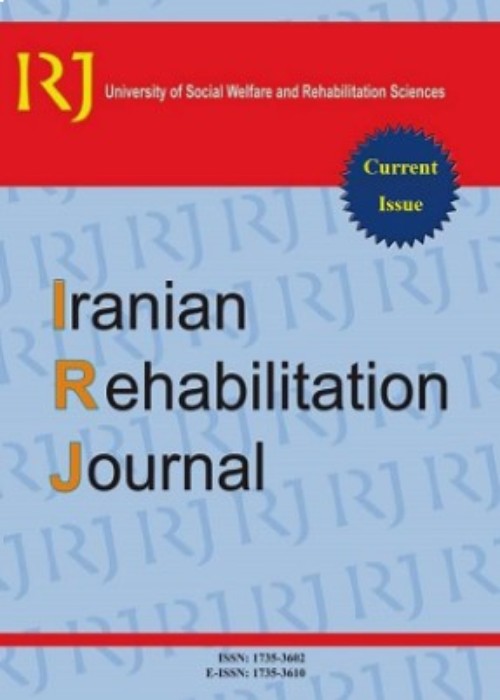The Role of non-Linguistic Variables in Production of Complex Linguistic Structures by Hearing-Impaired Children
Author(s):
Abstract:
Objectives
Language development is often very slower in hearing impaired children compared with their normal peers. Hearing impairment during childhood affects all aspects of speech production and language acquisition. It seems that hearing impaired people suffer from language and speech impairments such as production of complex linguistic structures. The purpose of this study is to determine the role of nonlinguistic variables in production of the complex linguistic sentences in children with hearing impairment. Method
Twenty normal children, aged 6-7 years and twenty children with severe to profound hearing impairment, aged 8-12 years were selected in a simple random sampling from normal kindergartens and schools, and exceptional schools for hearing impaired people. This research was a case-control research. The confirmation of the audiologist in the exceptional schools for hearing impaired people and the information recorded in the history of these students were considered in order to determine the kind and degree of hearing loss, and other non-linguistic variables. The production of complex sentences was tested by Elicitation Test. The content validity of the production test was determined and then the reliability was confirmed with Cronbach Alpha Test. Data collected were analyzed by statistical tests such as Pearson’s Correlation, Independent Samples T-Test and Mann-Whitney U Test and using SPSS software. Results
The results of this study showed that there was no correlation between the non-linguistic variables such as early detection and early intervention, and production of complex linguistic structures in hearing impaired children. Conclusion
In the first months of life, children have to deal with natural language to create the foundations for linguistic health and complete development of syntax. If language input is not rich and available during the critical period for learning a first language, the syntactic competence cannot grow naturally. Therefore, two non-linguistic variables, early identification and early intervention will be the main predictors for production of complex linguistic structures.Language:
English
Published:
Iranian Rehabilitation Journal, Volume:9 Issue: 14, Dec 2011
Page:
8
magiran.com/p968927
دانلود و مطالعه متن این مقاله با یکی از روشهای زیر امکان پذیر است:
اشتراک شخصی
با عضویت و پرداخت آنلاین حق اشتراک یکساله به مبلغ 1,390,000ريال میتوانید 70 عنوان مطلب دانلود کنید!
اشتراک سازمانی
به کتابخانه دانشگاه یا محل کار خود پیشنهاد کنید تا اشتراک سازمانی این پایگاه را برای دسترسی نامحدود همه کاربران به متن مطالب تهیه نمایند!
توجه!
- حق عضویت دریافتی صرف حمایت از نشریات عضو و نگهداری، تکمیل و توسعه مگیران میشود.
- پرداخت حق اشتراک و دانلود مقالات اجازه بازنشر آن در سایر رسانههای چاپی و دیجیتال را به کاربر نمیدهد.
In order to view content subscription is required
Personal subscription
Subscribe magiran.com for 70 € euros via PayPal and download 70 articles during a year.
Organization subscription
Please contact us to subscribe your university or library for unlimited access!


